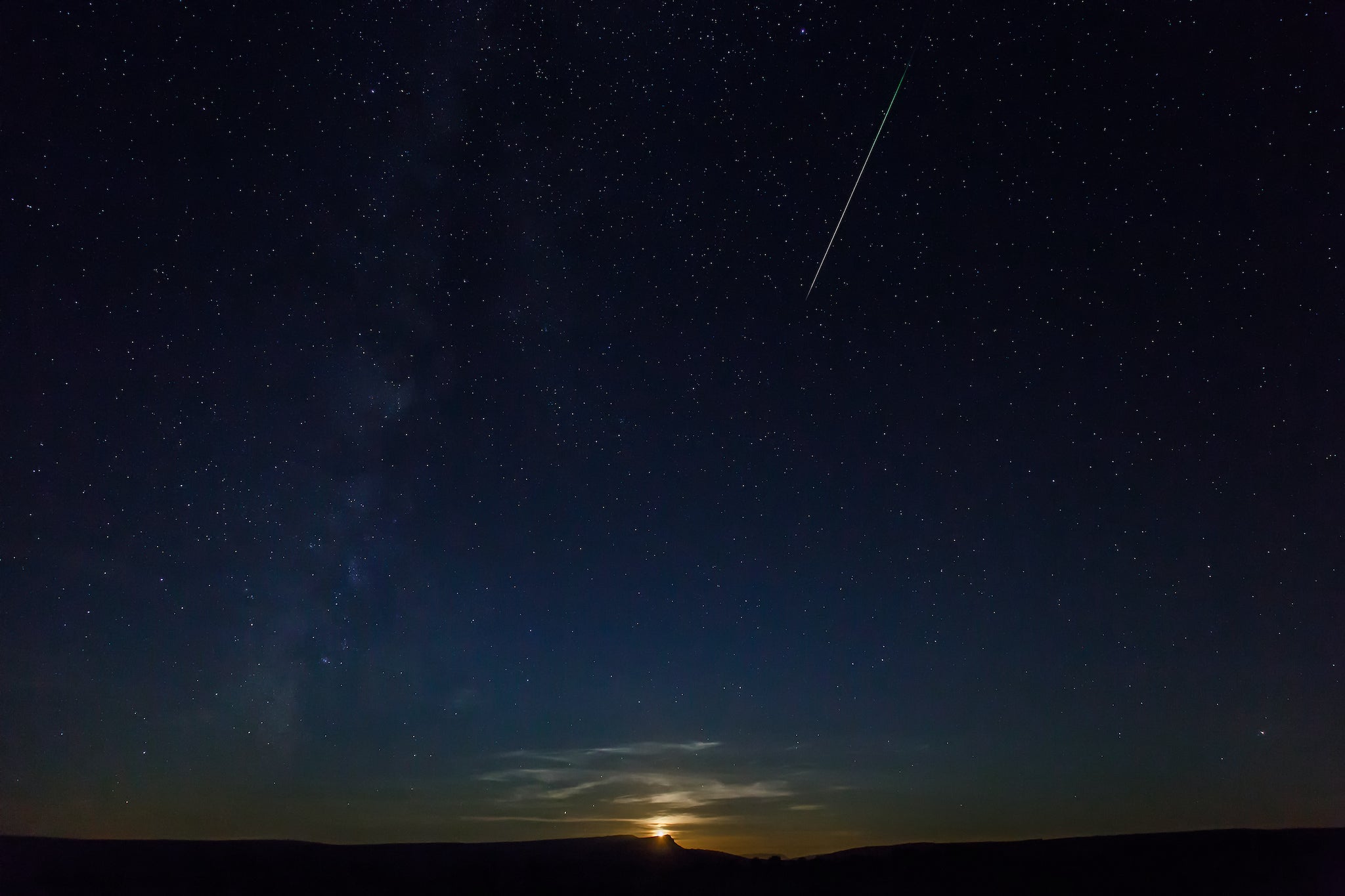Scientists able to ‘look back through time’ after major finding about how planets form

Your support helps us to tell the story
From reproductive rights to climate change to Big Tech, The Independent is on the ground when the story is developing. Whether it's investigating the financials of Elon Musk's pro-Trump PAC or producing our latest documentary, 'The A Word', which shines a light on the American women fighting for reproductive rights, we know how important it is to parse out the facts from the messaging.
At such a critical moment in US history, we need reporters on the ground. Your donation allows us to keep sending journalists to speak to both sides of the story.
The Independent is trusted by Americans across the entire political spectrum. And unlike many other quality news outlets, we choose not to lock Americans out of our reporting and analysis with paywalls. We believe quality journalism should be available to everyone, paid for by those who can afford it.
Your support makes all the difference.New findings allow scientists to effectively peer back through time into the beginnings of other planetary systems after a major new finding.
The research, which looked at 500 young stars, found a link between the structures of the disk that surrounds stars and forms planets, and the demographics of the planets themselves. The connection means that researchers will be able predict how planetary systems would have looked as they went through the long stages of their formation.
It means that researchers can now see the connection between the mysterious gap structures that are seen in dsiscs, and the thousands of distant planets that have been found by Nasa’s Kepler mission and other work to discover exoplanets.
Specifically, the research found that higher mass stars are more likely to have disks that have “gaps”. Those gaps in turn are correlated with planetary systems that have giant exoplanets around them.
“We found a strongcorrelation between gaps in protoplanetary disks and stellar mass, which can be linked to the presence of large, gaseous exoplanets,” said Nienke van der Marel, a Banting fellow in the Department of Physics and Astronomy at the University of Victoria in British Columbia, and the primary author on the research.
“Higher mass stars have relatively more disks with gaps than lower mass stars, consistent with the already known correlations in exoplanets, where higher mass stars more often host gas-giant exoplanets. These correlations directly tell us that gaps in planet-forming disks are most likely caused by giant planets of Neptune mass and above.”
The finding also applies tostar systems that have lower-mass stars; they are more likely to have massive rocky planets that are known as Super-Earths, something between the mass of our planet and Neptune’s.
“Disks without gaps, which are more compact, lead to the formation of Super-Earths,” said van der Marel in a statement.
The findings could help researchers know where to look as they search our galaxy for other rocky planets like our own.
“This new understanding of stellar mass dependencies will help to guide the search for small, rocky planets like Earth in the solar neighborhood,” said Gijs Mulders, assistant professor of astronomy at Universidad Adolfo Ibáñez in Santiago, Chile, and co-author on the research.
“We can use the stellar mass to connect the planet-forming disks around young stars to exoplanets around mature stars. When an exoplanet is detected, the planet-forming material is usually gone. So the stellar mass is a ‘tag’ that tells us what the planet-forming environment might have looked like for these exoplanets.”
The research, ‘A stellar mass dependence of structured disks: A possible link with exoplanet demographics’, has been published online.
Join our commenting forum
Join thought-provoking conversations, follow other Independent readers and see their replies
Comments